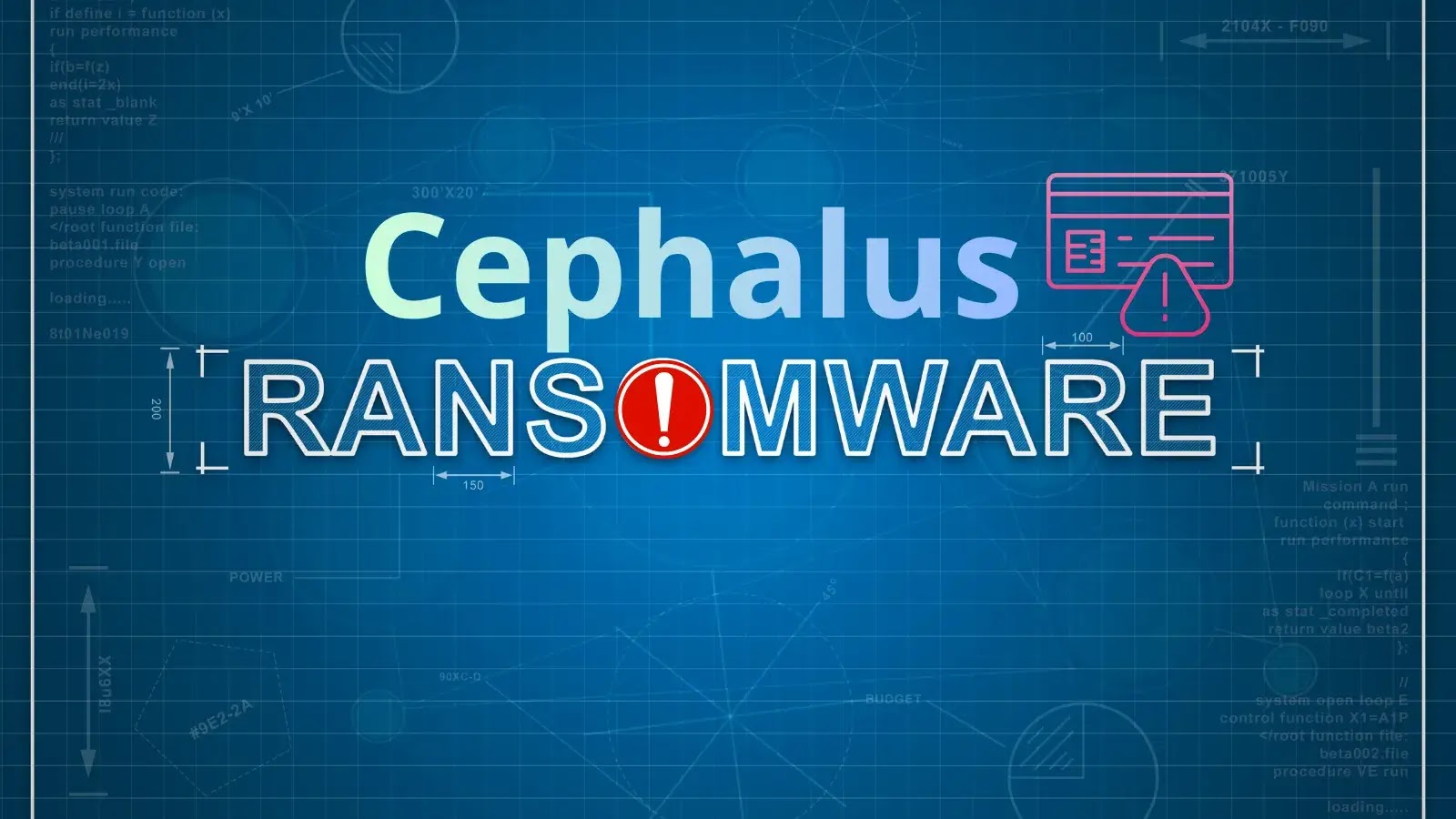
Threat Actors Leveraging RDP Credentials to Deploy Cephalus Ransomware
Cephalus Ransomware: The RDP Credential Threat You Can’t Afford to Ignore
The digital threat landscape constantly shifts, introducing new adversaries and evolving tactics. A stark new reminder of this reality comes in the form of Cephalus ransomware, a recently identified cybercriminal group posing a profound risk to organizations globally. Their method of entry? Exploiting vulnerable and often stolen Remote Desktop Protocol (RDP) credentials to infiltrate networks and unleash devastating encryption attacks. This emerging threat, highlighted by AhnLab researchers in mid-June 2025, underscores the critical need for robust access controls and vigilant cybersecurity practices.
Understanding the Cephalus Ransomware Modus Operandi
Cephalus operates with a clear, financially motivated objective: to encrypt an organization’s critical data and demand a ransom for its release. What makes them particularly dangerous is their reliance on a well-worn but still effective entry vector: compromised RDP credentials. RDP,
a legitimate and widely used protocol for remote access, becomes a severe security Achilles’ Heel when authentication protocols are weak, or credentials are stolen through various means, including phishing, brute-force attacks, or credential stuffing using previously leaked data.
Once inside a network with valid RDP access, Cephalus threat actors can move laterally, escalate privileges, and ultimately deploy their ransomware payload. This not only disrupts business operations but can lead to significant financial losses, reputational damage, and potential regulatory penalties.
The Critical Role of RDP Security
The consistent exploitation of RDP by groups like Cephalus reinforces a fundamental truth in cybersecurity: strong authentication and access management are paramount. Many organizations, particularly those with remote workforces or complex network infrastructures, rely heavily on RDP. However, convenience often comes at the cost of security if proper safeguards aren’t in place. The ease with which stolen RDP credentials can be acquired and leveraged makes it a prime target for opportunistic and sophisticated ransomware groups alike.
Remediation Actions: Fortifying Your Defenses Against Cephalus and RDP Threats
Protecting your organization from Cephalus ransomware and similar RDP-based threats requires a multi-layered approach. Proactive measures are far more effective than reactive ones.
- Implement Multi-Factor Authentication (MFA) for RDP: This is arguably the most critical step. Even if RDP credentials are stolen, MFA acts as a vital secondary defense, preventing unauthorized access.
- Strong, Unique Passwords: Enforce policies requiring complex, unique passwords for all RDP accounts. Avoid default or easily guessable passwords. Regularly rotate passwords.
- Restrict RDP Access: Limit RDP access to only necessary personnel and devices. Use VPNs or secure gateways for RDP connections instead of exposing RDP directly to the internet.
- Network Level Authentication (NLA): Enable NLA for RDP sessions. This requires users to authenticate before a full RDP session is established, reducing the risk of denial-of-service attacks and unauthorized access attempts.
- Monitor RDP Logs: Regularly review RDP event logs for suspicious activities, failed login attempts, and unusual connection patterns. Tools for Security Information and Event Management (SIEM) can help automate this.
- Patch and Update Systems: Keep operating systems, RDP clients, and servers fully patched and up-to-date to address known vulnerabilities that attackers could exploit. While no specific CVE for Cephalus’s RDP exploitation method has been disclosed regarding their general activity, the underlying RDP vulnerabilities are often addressed in routine updates.
- Principle of Least Privilege: Ensure that RDP users only have the minimum necessary permissions to perform their tasks.
- Security Awareness Training: Educate employees about the dangers of phishing and social engineering tactics used to steal credentials.
Tools for RDP Security and Threat Detection
Leveraging specialized tools can significantly enhance your ability to detect, prevent, and mitigate RDP-related threats.
| Tool Name | Purpose | Link |
|---|---|---|
| Microsoft Defender for Identity | Detects advanced threats on-premises, including RDP brute-force and credential theft. | https://learn.microsoft.com/en-us/defender-for-identity/ |
| Duo Security | Provides robust multi-factor authentication for RDP and other applications. | https://duo.com/ |
| Splunk Enterprise Security | SIEM solution for logging, monitoring, and analyzing RDP connection attempts and security events. | https://www.splunk.com/en_us/software/splunk-enterprise-security.html |
| Nmap (Network Mapper) | Network discovery and security auditing, can identify open RDP ports. | https://nmap.org/ |
| Remote Desktop Plus | Can help manage and secure RDP connections with features like IP filtering. | https://www.remotedesktopsoftware.com/remote-desktop-plus |
Conclusion
The emergence of Cephalus ransomware, with its opportunistic yet highly effective strategy of leveraging stolen RDP credentials, represents a serious and persistent financially motivated threat. Organizations must recognize the inherent risks associated with RDP and take immediate, decisive action to strengthen their remote access security posture. By implementing strong authentication, restricting access, continuously monitoring, and staying vigilant against emerging threats, you can significantly reduce your exposure to Cephalus and other ransomware attacks targeting this critical entry point. Proactive defense is the best defense against these evolving cyber dangers.





